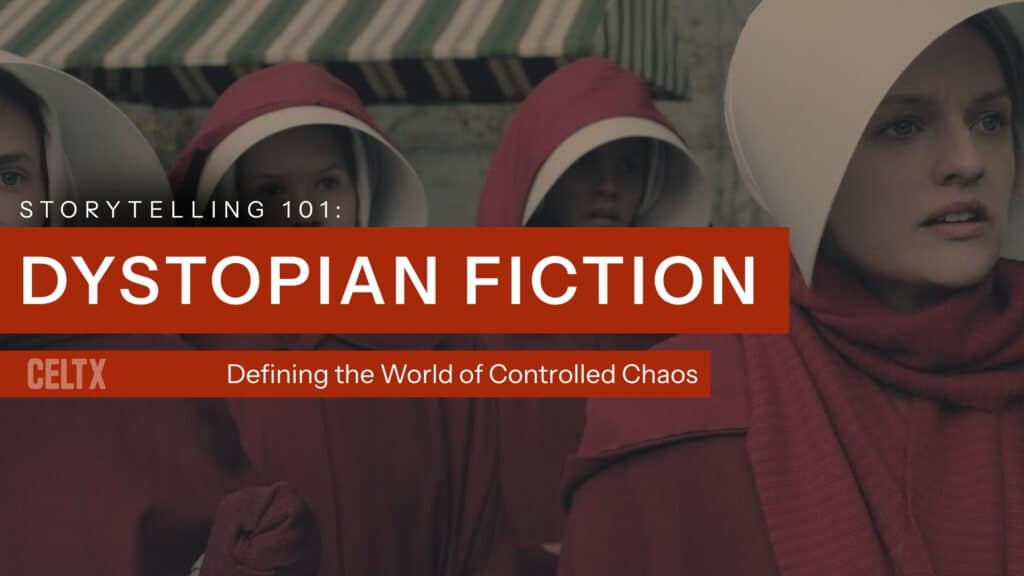
There’s something magnetic about dystopian fiction. It pulls us in with its bleak landscapes, oppressive regimes, and character clawing for freedom in worlds that seem eerily plausible.
Maybe it’s because dystopias reflect our deepest fears about where society could go if we’re not careful. If power remains unchecked, if technology outpaces ethics, and if individuality becomes inconvenient.
But dystopian fiction doesn’t just ask, “what if?” it asks, “what now?” It’s a genre that holds up a cracked mirror to our world and dares us to look. But what exactly makes a story dystopian? And how do you build one that resonates?
In today’s blog, we’ll look at what defines dystopian fiction, how it compares to other similar genres, and what makes it tick. By the end, you should be an expert on all things dystopian.
Let’s dive in…
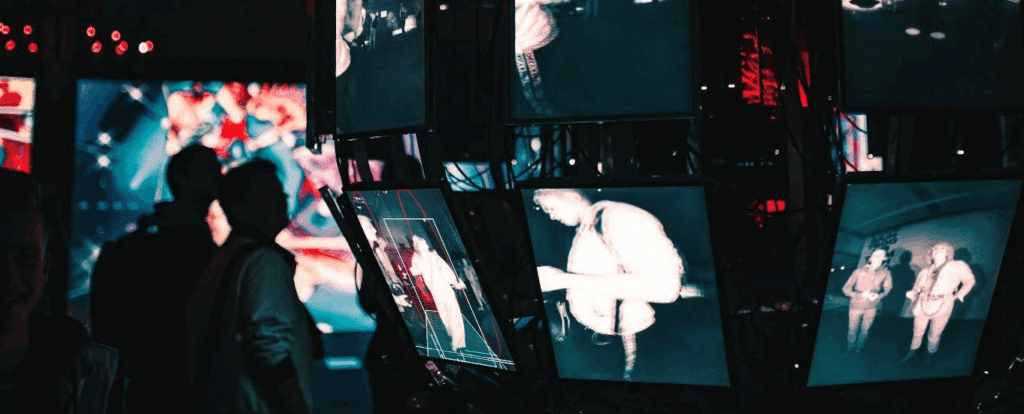
Table of Contents
- Dystopian Fiction Defined
- Dystopia vs. Utopia vs. Post-Apocalyptic: What’s the Difference?
- The Core Elements of a Dystopian World
- Why Do Dystopian Stories Resonate?
- Writing the Dystopian Script
- Iconic Dystopian Films
- Iconic Dystopian TV Series
- FAQs
- Conclusion
Dystopian Fiction Defined
Dystopian fiction explores a society that’s gone wrong. It’s the opposite of a utopia; a world that’s supposed to be perfect.
In a dystopia, the system is broken but often disguised as functional or even ideal. The people in power claim everything is fine. The truth? It’s anything but.
A dystopian story typically features:
- Oppressive control (governmental, corporate, technological, or ideological)
- Loss of personal freedom
- A protagonist who questions the system
- A society that’s been conditioned to accept suffering as normal
Think of it as a cautionary tale wrapped in compelling drama. It’s not just about doom and gloom but how resistance, resilience, and revelation shine through and overcome the adversity.
Dystopia vs. Utopia vs. Post-Apocalyptic: What’s the Difference?
These terms often get tangled, and understandably! But they are distinct genres with different vibes.
Utopia
A utopia is an imagined perfect society. Harmony, equality, peace. Think Star Trek (at least in theory). But utopias can be deceptive with many dystopias beginning as utopias that slowly go wrong.
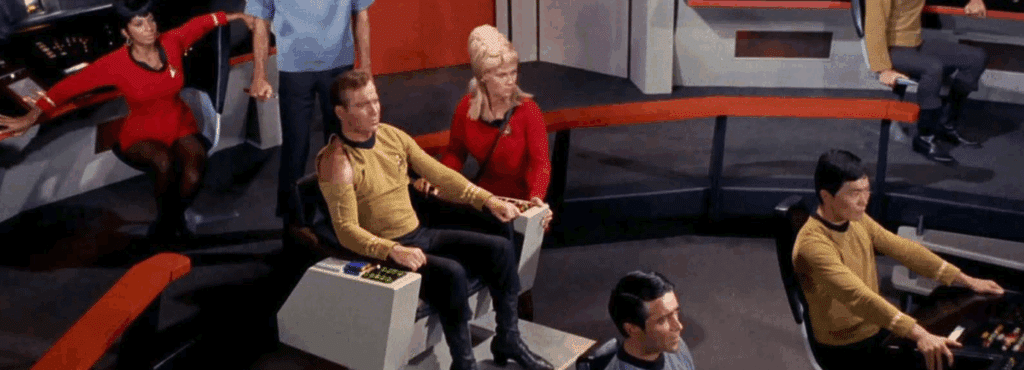
Dystopia
A dystopia is a society that’s deeply flawed, often under the guise of perfection. Surveillance, propaganda, and fear are common tools of control. Think The Hunger Games, 1984, or The Handmaid’s Tale.
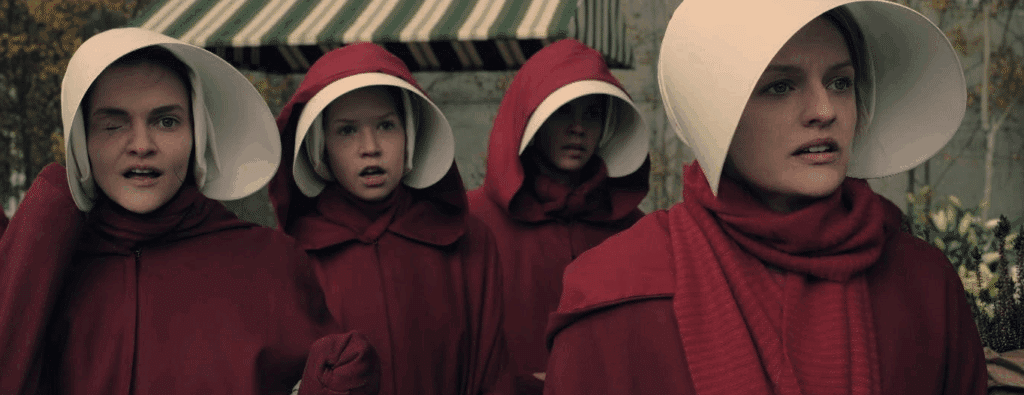
Post-Apocalyptic
This genre deals with the aftermath of a catastrophe with elements like nuclear war, climate collapse, or zombie outbreaks. Society has crumbled and survival is the name of the game. Think Mad Max, The Road, or The Walking Dead.
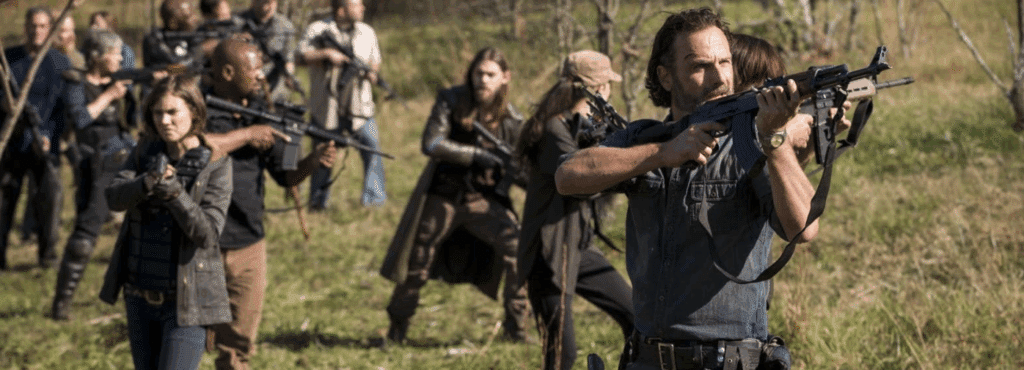
The Core Elements of a Dystopian World
To build a believable dystopia, you need more than just a grim setting. You need systems. You need control. You need tension. In fact, let’s dive into the core elements you need to create your own dystopian world:
1. Surveillance
Big Brother is always watching. In dystopias, privacy is a luxury. Cameras, tracking devices, biometric scans are all tools that keep citizens in line.
Alongside these physical devices, surveillance is also psychological. People behave like they think they’re being watched.
In 1984, telescreens monitor every move whereas in The Circle, social media becomes a surveillance tool disguised as connection.
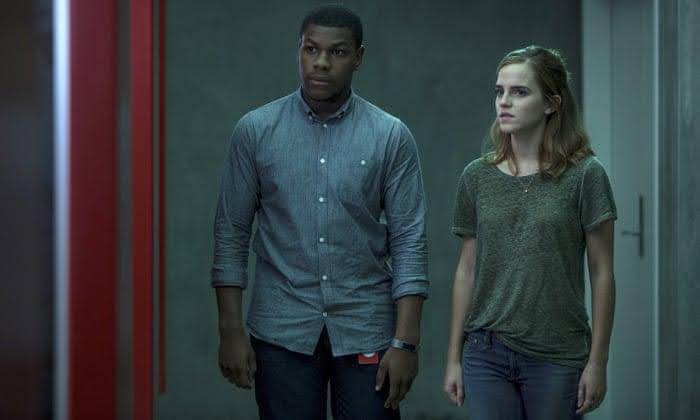
2. Propaganda
The truth is manipulated, and language is weaponized. The regime always controls the narrative, often through education, media, or religion. Citizens are constantly bombarded with slogans and misinformation, all designed to fear-monger and control.
For example, in The Hunger Games, televised death matches are used to distract and pacify the masses.
3. Loss of Individuality
In dystopias, being different is very dangerous. The system thrives on uniforms and assigned roles, ensuring everyone conforms.
This is the case in Equilibrium where emotions are outlawed. In Brave New World, people are genetically engineered into cultures.
4. The Scapegoat
There’s always someone to blame. It could be a rebel group, an outsider, or even a fabricated enemy. Scapegoats justify the regime’s cruelty and unite the population through fear.
Just like in V for Vendetta where the government blames terrorism to maintain control.
And if you’d like even more detail on common dystopian tropes, click here.
Why Do Dystopian Stories Resonate?
Sure, dystopian fiction may seem totally on the negative side, but it endures because it taps into our primal fears of losing control, our empathy for the oppressed, and our instinct to resist.
Dystopian stories entertain and connect us, making us ask what we’d do in that particular world. Would we comply or would we fight?
They’re Relatable
Part of the genre’s power lies in how emotionally accessible it is. Even in the most extreme settings, the characters feel real. And for the most part, they aren’t superheroes, but ordinary people navigating impossible choices. Their struggles mirror our own, even if the stakes are exaggerated.
We see ourselves in Winston Smith’s quiet rebellion, in Katniss Everdeen’s reluctant leadership, and in Neo’s awakening.
They Help Us Process
Dystopian fiction also gives us space to process real-world anxieties. Climate change, surveillance, misinformation, inequality; all issues that are hard to face head-on. But through fiction, we can explore them safely and imagine how we might prevent worst-case scenarios.
They Bring Us Catharsis
And let’s not forget catharsis. There’s something deeply satisfying about watching a corrupt system unravel, even if only in fiction. It reminds us that no regime is invincible, and that even small acts of defiance can spark change.
This has become even more important in recent years, with instability across the real world. There has definitely been a resurgence in people’s interest in dystopian fiction, as discussed in this article: Dystopian Visions: What the Surge in Dystopian Literature Says About Our Societal Fears.
Writing the Dystopian Script
When writing dystopian fiction, especially for the screen, ‘show, don’t tell’ truly becomes your mantra. The rules you set for your world should be baked directly into the visuals, dialogue and atmosphere.
Let’s explore this further…
Visual Details Matter
Carefully consider what your audience are seeing on screen. Is it:
- A character scanning their retina to enter a building
- Billboards flashing contradictory slogans
- Citizens walking in perfect formation while drones buzz overhead?
While these moments may not be obvious at first glance, they tell us everything we need to know about the world without exposition dumps.
Oppression Through Action
Yup, we’re sticking with action. Instead of saying, “this society is oppressive”, show a character hesitating before speaking, glancing at a camera, or hiding a banned book.
Allow your audience to feel the tension and soak up the atmosphere as though they were right there with your characters.
Use Celtx’s Beat Sheets
Not to toot our own horn but Celtx’s Beat Sheets are perfect for tracking your world’s rules, developing character arcs, and nailing turning points. Whether your story unfolds in a crumbling city or a sterile utopia, Celtx helps you stay grounded in your vision.
Iconic Dystopian Films
Let’s break down a few classic movies that have nailed dystopian genre:
The Hunger Games | Film Series (2012-2015)
Panem is a textbook dystopia: a totalitarian regime, a divided society, and a televised death game to keep the peace. Katniss Everdeen becomes the reluctant symbol of rebellion.
It’s the visual storytelling, from the costumes and architecture to the propaganda, which make Panem feel scarily real.

1984 | Movie (1984)
Based on George Orwell’s acclaimed novel, this movie is the blueprint for dystopian fiction. The Party controls everything, Thoughtcrime is real, and Winston Smith’s quiet rebellion is both heartbreaking and terrifying.
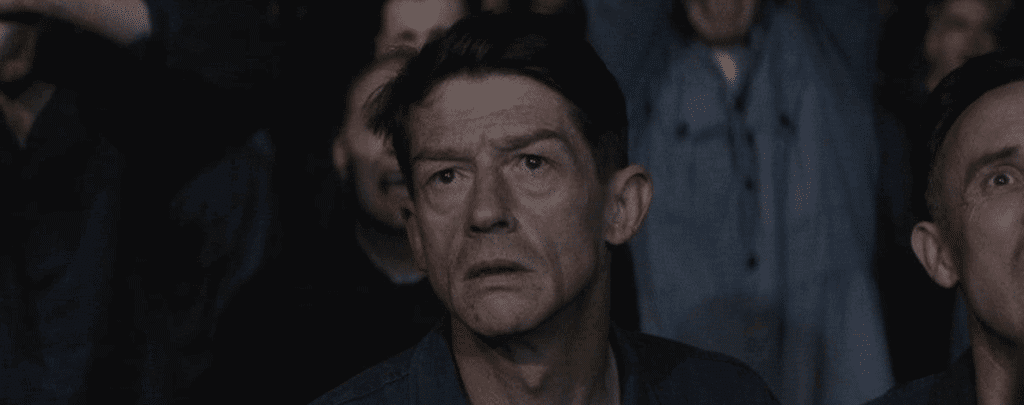
The Matrix | Film Series (1999-2021)
A cyberpunk twist on dystopia, The Matrix tells the story of humanity being enslaved by machines in a simulated reality. The real world is bleak, but the illusion is seductive, exploring the themes of control, identity, and awakening.
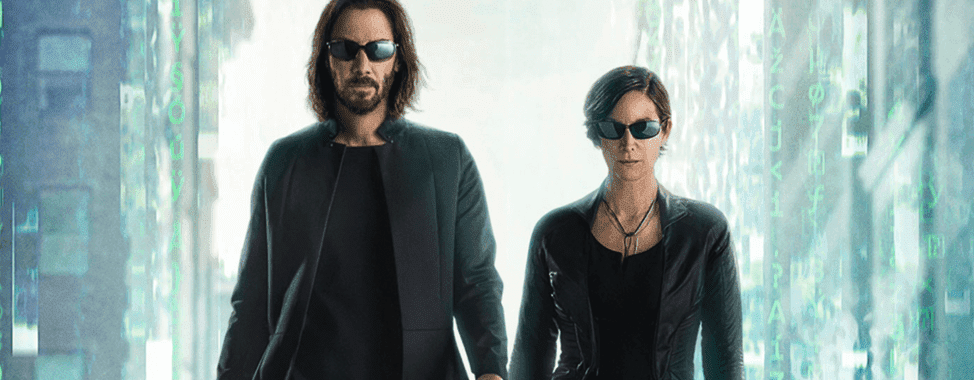
For more on how to ingrain theme into your screenplay, click here.
Children of Men | Movie (2006)
Set in a future where humans can no longer reproduce, society has collapsed into chaos. The government clings to control through militarization and fear. It’s gritty, emotional, and visually stunning.
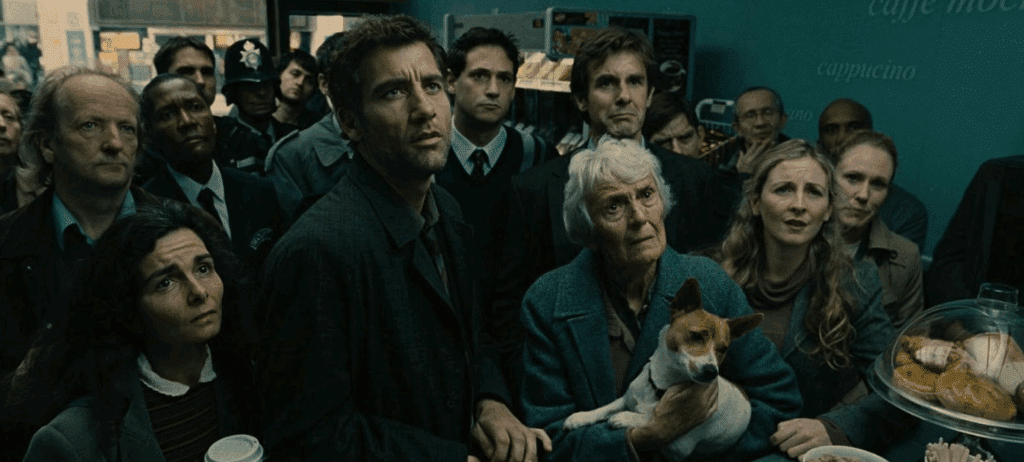
Screened explores how dystopian movies show humanity in this video:
Iconic Dystopian TV Series
The Handmaid’s Tale (2017-2025)
Set in Gilead, a theocratic regime where women are stripped of rights and reduced to reproductive roles, this series explores gender, power, and resistance. Offred’s journey is both personal and political, making the dystopia feel disturbingly close to reality.
Black Mirror (2011-Present)
Each episode presents a standalone dystopia rooted in technology. Examples include social credit systems, memory implants, AI relationships. It’s speculative fiction with a sharp edge, often leaving viewers unsettled and introspective.
Severance (2022-Present)
In this eerie corporate dystopia, employees undergo a procedure that splits their consciousness between work and personal life. The show explores identity, autonomy, and the cost of corporate control with haunting precision.
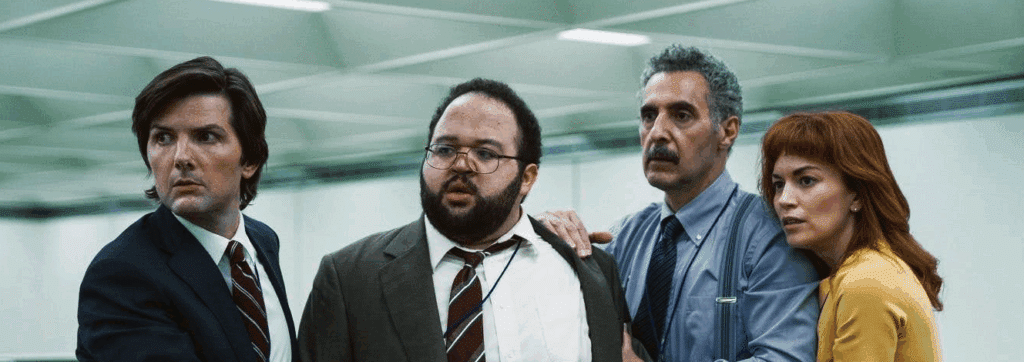
3% (2016-2020)
This Brazilian sci-fi/dystopian hybrid series imagines a world where only a privileged few live in comfort, while the rest must compete in brutal trials to join them. It’s a sharp critique of meritocracy and inequality.
Snowpiercer (2020-2024)
Technically a blend of dystopian and post-apocalyptic storytelling, Snowpiercer is set aboard a perpetually moving train after a climate catastrophe. The series literalizes class division with luxury at the front and squalor at the back. It’s a tense, layered exploration of survival and revolution.
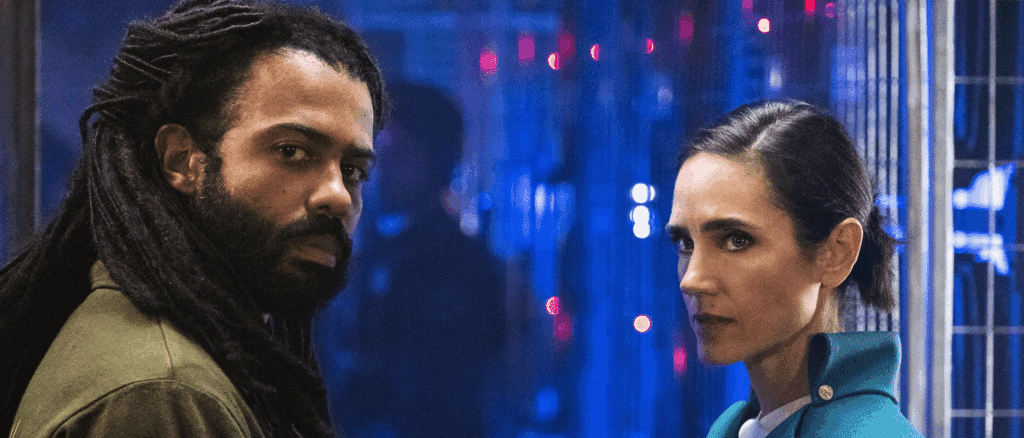
FAQs
To challenge, provoke, and reflect. Dystopian stories aren’t just entertainment—they’re social commentary. They ask: What happens when we stop questioning authority? When we trade freedom for comfort? When we forget our humanity?
The Hunger Games is one of the most recognizable modern examples. It combines spectacle with sharp critique of media, class, and control.
No, it’s post-apocalyptic. The focus is on survival after collapse, not on an oppressive system still functioning.
– The chosen one or reluctant hero
– Forbidden love
– Underground resistance
– Government surveillance
– Controlled media
– Class division
– Artificial intelligence or tech gone rogue

Conclusion
Dystopian fiction reflects our fears, our flaws, and our future. These stories hold up a mirror to society, asking what happens when control outweighs compassion, and when systems designed to protect begin to oppress. They’re not just cautionary tales; they’re calls to awareness.
At the heart of every dystopia is a question: What if we stopped questioning? The genre explores the consequences of complacency, the erosion of truth, and the cost of conformity. But it also celebrates resistance. Whether through quiet defiance or bold rebellion, dystopian protagonists remind us that change begins with courage.

For writers, dystopia offers a rich canvas to explore power, identity, and morality. It challenges you to build worlds that feel disturbingly familiar, and characters who fight for something better. The most compelling dystopias are bleak and believable.
So, as you craft your own dystopian narrative, remember you’re not just imagining a broken world. You’re exploring what it means to live, to resist, and to hope within it.
Ready to build your next world? Click here to start for free today and bring your vision to life.
Up Next:

Beyond the Stars: How to Write a Science Fiction Script
Once you understand the elements of dystopian storytelling, take the next step into sci-fi. Learn how to build believable worlds and futuristic conflicts that captivate audiences.
